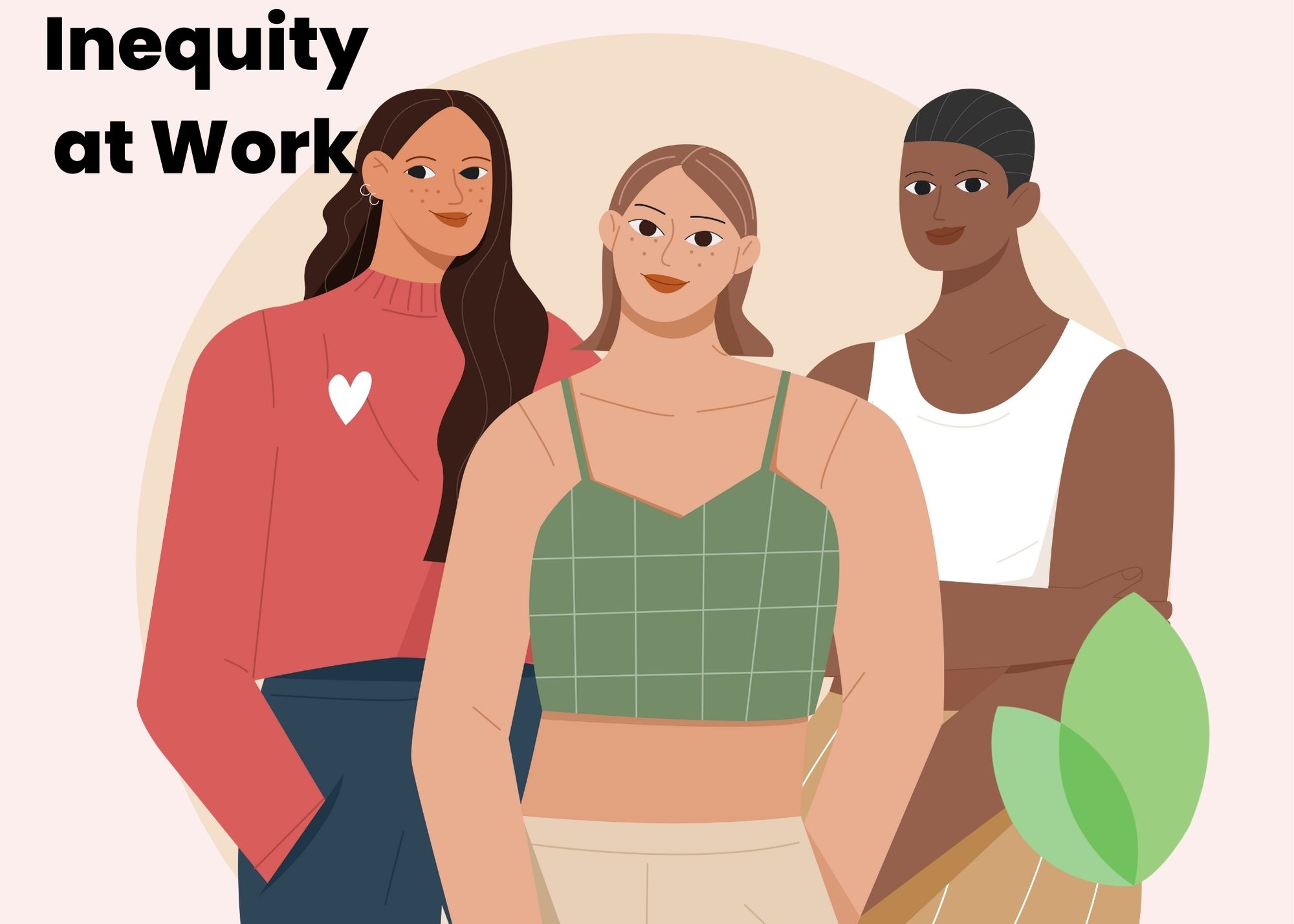
11 Mar The Persisting Issue of Women’s Inequity at Work
Gender diversity in the workplace is not only a sign of progress, but a sign of success. And while most, if not all, organizations will agree that gender inclusion contributes positively to their business, sexism and barriers still permeate the workplace. A lack of flexibility, diverse leadership, and gender bias all still act to prevent and push out women in many fields. These factors, in addition to outside societal issues, contribute to lower female representation in positions of leadership and to a persistent pay gap.
In 2019, a Gartner study found that women account for only 39% of the total supply chain workforce. And despite making up 29% of total workers, women only accounted for 11% of executive leadership in the same industry. In the technology sector, women account for only 25% percent of the workforce. This disparity is even greater for racialized women and grows as employees move into leadership positions. When looking at Fortune 500 companies, 90% of CEOs are white males. Potential more surprising, 74% of women in technology jobs said that they had experienced gender discrimination at work in a 2017 study conducted by the Pew Research Centre. How do these clear disparities develop and why do they persist?
Workplace culture plays a major role in employees’ decisions to remain with or to accept a position at any given organization. True inclusion creates a workplace culture that attracts and retains talent from all backgrounds. Women are often prevented from succeeding in certain workplaces due to a lack of scheduling flexibility, a bias over resume gaps, or due to a culture and leadership style that feels aggressive. A lower level of female representation in leadership often contributes to a lower level of female retention.
Lower female representation in leadership is not only a symptom of non-inclusive work environments, it also breeds less inclusive work environments. Not only do women not see themselves in the future of their organization, they are also being led by managers whose leadership style may not be a good fit. A decisive leadership style is in many ways a pillar of the North American workplace. This is a leadership style that makes firm decisions and communicates directly and clearly with its employees. This style of leadership can be poorly received by some and can often exclude those with different styles of communication.
Leadership and communication styles play a huge role in inclusive cultures. They contribute to how employees are viewed by their other team members. A Catalyst study entitled ‘Women “Take Care”, Men “Take Charge”: Stereotyping of U.S Business Leaders Exposed’ found that women are more likely to be associated with less essential, feminine skills. These skills include things like team-building, consulting, and supporting.
Men, in contrast, tend to be associated with skills that are viewed as more essential like problem-solving and delegating. The view that more ‘feminine’ qualities or skills are inherently less valuable can result in lower rates of promotion, raises, and bonuses for female employees. Women are still frequently underpaid as a result of these attitudes; men are paid 2% more at entry-level, 6% in mid-level positions, and 7% more in senior management.
Many of these ‘male-associated’ skills are also associated with the ‘decisive’ leadership style. Additionally, many of the ‘female-associated’ skills looked at in this study coincide with valuable leadership skills like emotional intelligence. What is going to be the most beneficial to organizations is looking at their company culture and finding a balance in communication and leadership styles so that they fully support all employees and everything they bring to the table.
Gender continues to play a major role in workplace culture. While many organizations make a conscious effort to hire women, without a truly inclusive workplace culture women are more likely to leave and are less likely to earn positions of leadership than their male counterparts. This lack of inclusion is the main reason why in-equity persists and why gender diversity often fails.
Click here to learn more about how Prepr is working to improve diversity and inclusion.
Make sure to follow Prepr on our social media channels to get timely updates on all things Prepr!
Head to the Apple store or the Google Play store to download the Prepr App and get started on building your skills for tomorrow, today!
Prepr (@PreprMe) is not-for-profit helping students, educators, job seekers, & employers upskill & re-skill through Virtual Labs, challenge based learning, & microcredentialing.
To find out how you can learn critical job skills with Prepr, visit our website.
